Åland archipelago
series, gelatin-silver paper, 50 cm × 60 cm each, 2017, Kökar
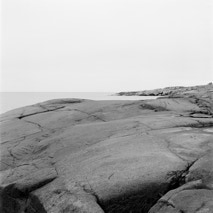
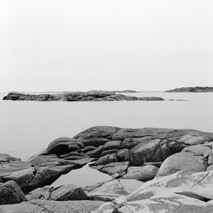
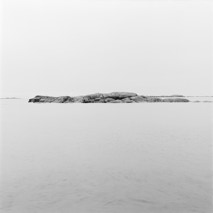
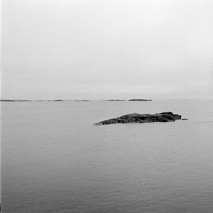
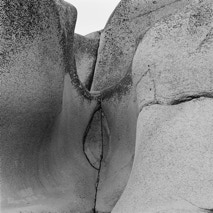
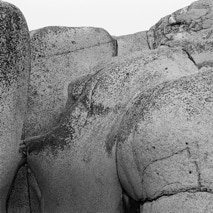
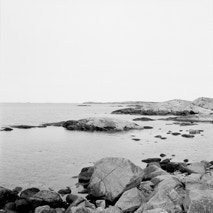
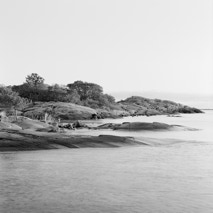
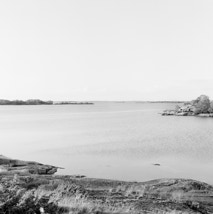
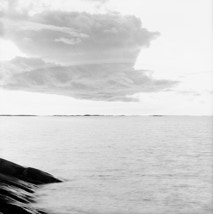

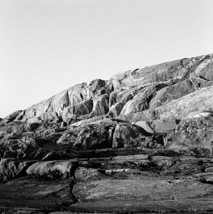
»Islands are not just real places, but projections of human ideas for a better world and the social desire to banish undesired topics and unwanted objects.« (Atlas of the remote islands, Judith Schalansky)
In summer 2017 I spent two months on Kökar, Åland archipelago, Finland. Kökar has land and water areas. Merely three per cent (63,5 m²) of Kökar is island and the rest is the sea with bedrock, rocky shallows, seabed, fish, wind and waves. In the middle of an enormous mass of water the houses of around 230 people living on this island stick up. My idea was to get an idea of the countless small islets off the main island of Kökar. Equipped with a camera, I began to take photographs on the edges of the island. My line of sight was always directed to the sea. On the internet I found a book with the title "how to read an island" by Christian Plejel. Christian Plejel lives on Kökar and to my question I found the following:
…»Where are lots of beings living down there in the water mass. A single shake of a bladderwrack seaweed - an important habitat for shell, molluscs and crustaceans – can reveal 1,617 cockles (5 mm large), 227 small mussels, 219 molluscs of species eodorus uviatilis, 51 Märl shrimp, 47 water woodlice 45 molluscs of species Hydrobia ventrosa, 26 flatworms (1 cm), 12 opossum shrimp (3 cm), 9 sedge-flies (4 cm), 5 annelid worms 5 cm), and 2 fish of species Pomatoschistus minutus (7 mm). Altogether, making 2,251 individuals, not counting all the moss animals (Bryzoa), sinistral spiral tubeworms yellow periwinkle snails (Littorina littorea),and the barnacles (Balanidae), small crustaceans that, while laying on their backs in the sharp cones of lime sweep in food with their legs.«…